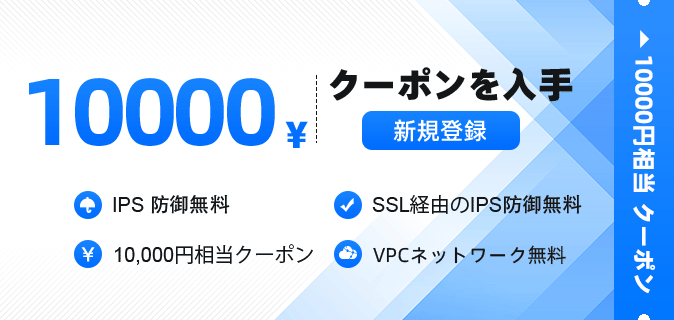Java ListのGroupByとは? 実践的な使い方と注意点
Javaでは、Listをグループ化するために、Stream APIのCollectors.groupingBy()メソッドを使用することができます。このメソッドは、グループ化の基準を定義するためにFunctionを受け入れ、その後Mapオブジェクトを返します。そのMapオブジェクトのkeyはグループ化の基準であり、valueはそのグループに属する要素のリストです。
以下は、Collectors.groupingBy()メソッドを使用してリストをグループ化する方法を示す簡単な例です。
もしStudentクラスがあると仮定します。
public class Student {
private String name;
private int age;
public Student(String name, int age) {
this.name = name;
this.age = age;
}
public String getName() {
return name;
}
public int getAge() {
return age;
}
}
その後、リストがあります。
List<Student> students = new ArrayList<>();
students.add(new Student("Alice", 20));
students.add(new Student("Bob", 22));
students.add(new Student("Alice", 21));
students.add(new Student("Charlie", 20));
現在、Studentの名前属性に従ってグループ化したい。
Map<String, List<Student>> groupedStudents = students.stream()
.collect(Collectors.groupingBy(Student::getName));
これにより、キーがStudentのnameプロパティの値で、値がそのグループに属するStudentオブジェクトのリストであるMapオブジェクトが得られます。
上記の例では、groupedStudentsの結果は以下のようになる可能性があります:
{
"Alice": [Student{name='Alice', age=20}, Student{name='Alice', age=21}],
"Bob": [Student{name='Bob', age=22}],
"Charlie": [Student{name='Charlie', age=20}]
}

